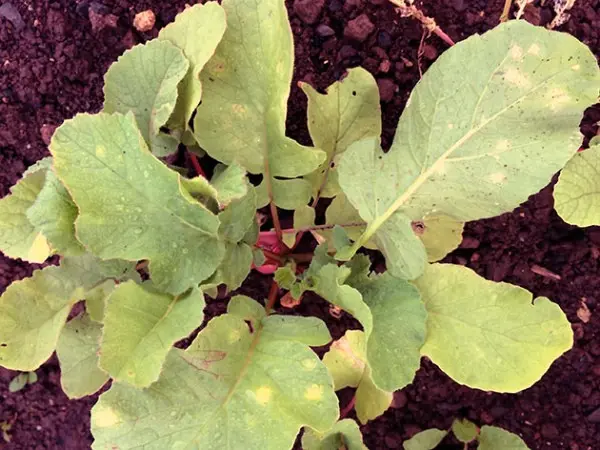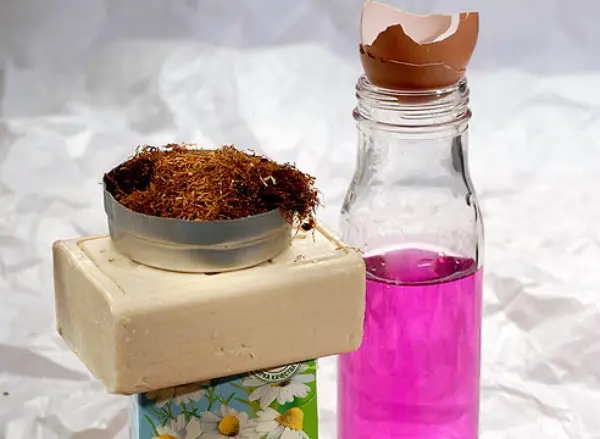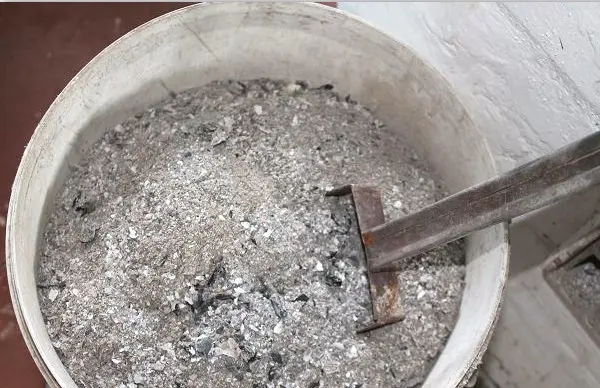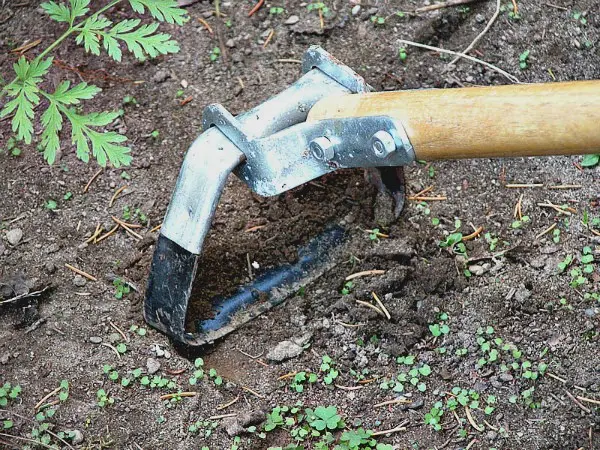Contents
Compared to other garden crops, radishes are considered the most resistant to diseases and pests. To get a high yield, it should be sown as early as possible, before fungal spores and parasite larvae have had time to become active after winter. The best radishes grow from early varieties, but many gardeners have problems with mid-ripening and late varieties. The main cause of these problems, as a rule, is diseases and harmful insects, which by that time actively attack young plants and can lead to the destruction of the crop.
Diseases and pests of radishes
Radish belongs to the plants of the Cruciferous (Cabbage) family, therefore, it has the same diseases and pests as all garden crops of this group.
By the way, radishes rarely get sick. Most often, the following diseases of fungal or bacterial origin appear on radishes:
- bacteriosis – a fungal disease that leads to the formation of putrefactive mucus on root crops, yellowing and death of leaves;
- powdery mildew (white bloom on the stems and upper side of the leaves) – a fungal disease that leads to blackening and death of the leaves;
- kila – also a disease of bacterial origin, manifested by growths and swellings on the surface of root crops, leads to yellowing and wilting of leaves;
- black leg – manifested by yellowing, twisting of the leaves and blackening of the stem at the base.

However, harmful insects cause the greatest harm to the culture. Let’s talk about the most dangerous pests later.
The cruciferous flea is the main enemy of the radish. These are small black bugs that jump in the garden and damage plants. They bite holes in the leaves, and when the damage reaches a critical size, the plant stops its growth and begins to die. Insects are especially active in hot, dry weather, and their main target is exclusively young radishes. Fleas are not as scary for adult plants as they are for young shoots.
The white butterfly is a white butterfly that lays its eggs in the soil. It is not she who is dangerous for radishes, but her caterpillars, which eat leaves, making holes in them.
Medvedka is the most serious enemy of root crops. It is more common in greenhouses because it loves warm soil. The pest eats root crops, forming holes and passages in them.

Cabbage flies – these insects are not averse to eating any cruciferous crops. They lay eggs in the ground, from which larvae appear in a matter of days, eating radishes. If you do not start fighting them in time, then the entire crop will be destroyed.
Firefly is a gray-brown butterfly that is nocturnal and feeds on the leaves of cruciferous crops. Like all butterflies, she lays eggs, from which caterpillars emerge. These caterpillars very actively devour young leaves, which leads to the complete destruction of plants.
The rapeseed bug is a black bug with yellow stripes on its back that appears on radishes as soon as it gets warmer. They eat leaves, forming holes in them, which leads to yellowing and then wilting of plants.
Wireworms are the larvae of click beetles. They eat any root crops, including radishes.

Since the radish loves moist soil, slugs can often be found in its garden. During the day, they hide in the ground between plants, and crawl out at night to feast on the pulp of root crops. Slugs appear in the middle or second half of summer, therefore they are dangerous only for late varieties.
Methods of struggle
Insecticides are the surest way to control pests of garden crops, but for radishes their use is not always justified and advisable. The fact is that these drugs lead to the accumulation of such harmful substances as nitrates in vegetables. If the application of insecticides is stopped a month before harvesting, then the nitrates will have time to leave the plant and will not harm the consumer. The radish very quickly accumulates nitrates in itself, and since the growing season of the crop is short (20–40 days), it does not have time to get rid of them. So that nitrates in early vegetables do not cause harm to health, radishes are treated with light insecticides, antiseptics or folk remedies.

Diseases of bacterial origin (powdery mildew, rot, bacteriosis) can be fought with Bordeaux mixture. It is a light complex insecticide with high antiseptic properties. From it, the radish does not accumulate nitrates, since the solution is used only for spraying the tops and does not enter the soil. The drug is effective not only against fungal diseases, but also against many pests, therefore it is used for almost all cultivated plants as a preventive and therapeutic agent.
To combat clubroot, an aqueous solution of slaked lime, popularly called milk of lime, is recommended. To do this, 2 cups of the product must be diluted in 10 liters of water and used to water the plants. Lime is safe for humans; nitrates are not formed from it in radishes. In addition, slaked lime is used in gardening as a fertilizer for the soil, so you don’t have to worry about the quality of root crops.

From a black leg on a radish, a solution of copper sulfate (1 tablespoon / 10 l of water) with the addition of laundry soap (40 g) is effective. Vitriol is an insecticide, but since it is used only for spraying, it does not interact with root crops, and, therefore, nitrates are not formed from it. You can also fight the disease with folk remedies – a decoction of onion peel (20 g / 1 liter), you need to insist it for a day and process the tops of the plants.
Vegetable growers prefer to deal with pests on radishes with the help of folk remedies. Most parasites (beetles, caterpillars, bears) do not like liquid manure, so feeding with this remedy allows you to quickly get rid of them.
It should be remembered that nitrates are formed in root crops from a large amount of organic matter, so the amount of fertilizer should be minimal.
You can get rid of cruciferous flea and other insects using exclusively natural means, from which nitrates are not formed in radishes: ash, tobacco dust, laundry soap, wormwood.
Video “Wood ash against pests”
Experienced gardeners use wood ash as a natural fertilizer, but it is no less successfully used against pests and diseases. Details in the video.
Processing technology
Whatever method of treatment is used: spraying, watering or spraying a dry mixture, it will be effective only if the product lingers for some time in the soil or on the radish itself. The first surface watering or rain will immediately wash off the product and will not give the desired result. Therefore, if the radish was sprayed with a medicinal solution or sprinkled with a mixture, then it must be transferred to drip irrigation (directly under the roots).
If radishes grow in the vicinity of cruciferous weeds, then they should be abundantly watered with insecticides – otherwise they will become a breeding ground for insects.
It is better to process radishes in dry and calm weather. Usually such work is carried out in the evening. However, to eliminate the flea on the radish, you should choose the daytime, since in the heat the insects are especially active. A flea can be fought not only with the help of solutions and mixtures, but also mechanically: by covering the beds, as well as by hanging sticky tapes to which insects stick. These harmless measures help to wait until the radish grows up, and the fleas are not so dangerous for it.

How to prevent pests
The most reliable way to prevent diseases and pests on radishes is to disinfect the seeds and soil when sowing the crop. Crop rotation also effectively solves this problem.
It is important not only to change the location of the beds every year, but also to avoid re-sowing during the season.
Radish is an early ripening vegetable, and many gardeners try to grow several crops per season on the same bed. This is the cause of outbreaks of fungal diseases, which become more active with each subsequent sowing.
Good predecessors for radishes are: potatoes, cucumbers, tomatoes, legumes, garlic, onions. Since the early radish ripens quite quickly, it can be sown in the area intended for planting seedlings of peppers, tomatoes, eggplants – this is an example of the rational use of planting area.

In addition, many pests, such as the cruciferous flea, do not like the smell of nightshade crops. She also does not like humidity, and if the radish is watered abundantly, then it is quite possible that the insects will leave the garden.
Proper care plays an important role in growing a crop. Remove weeds from the beds in a timely manner, since it is from them that the pests move to the beds with cultivated plants. Some gardeners plant plants and flowers next to radishes that emit a special smell that repels pests. Such plants are: tansy, calendula, celandine, marigolds, coriander, dill.
When planning to plant radishes, choose early varieties that are resistant to diseases and pests. Early sowing is the surest way to prevent many diseases and get a quality, undamaged crop.
Video “Pest control of the second crop of radishes”
This video is about how to protect the second crop of radishes planted in May from insect pests.









